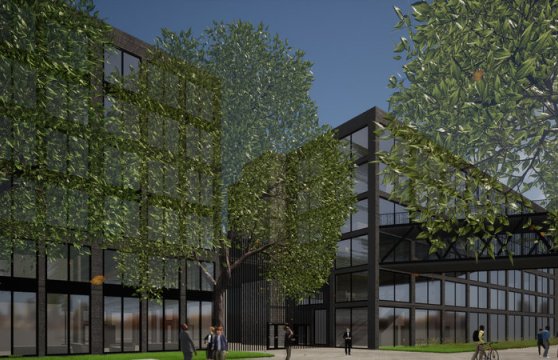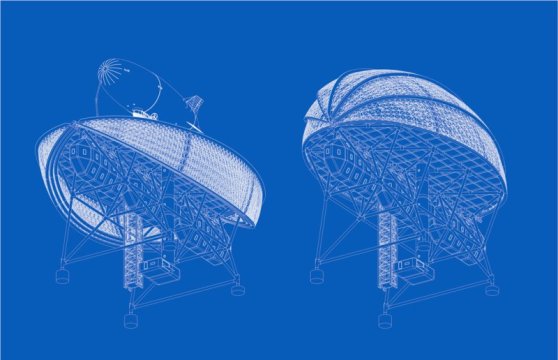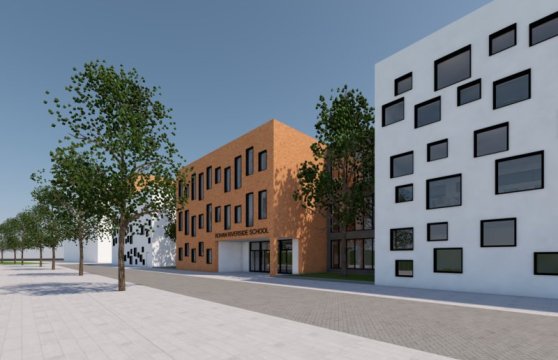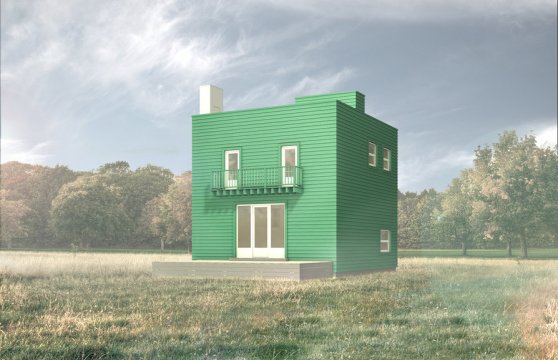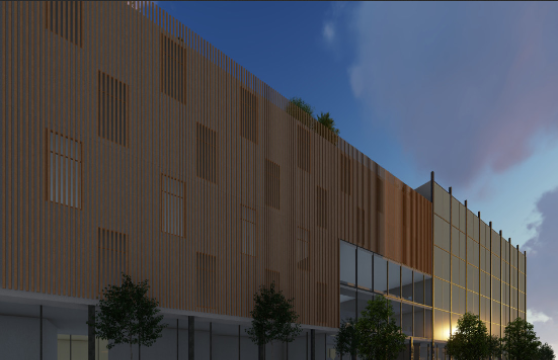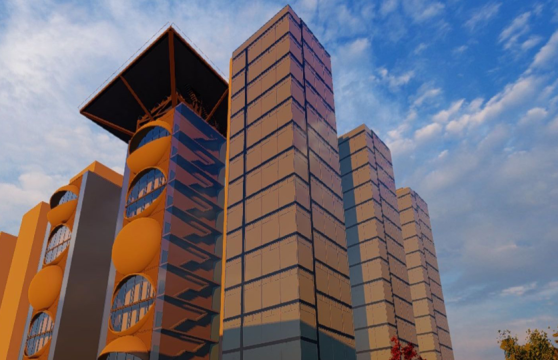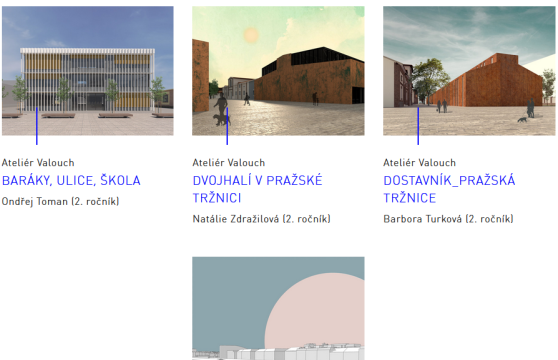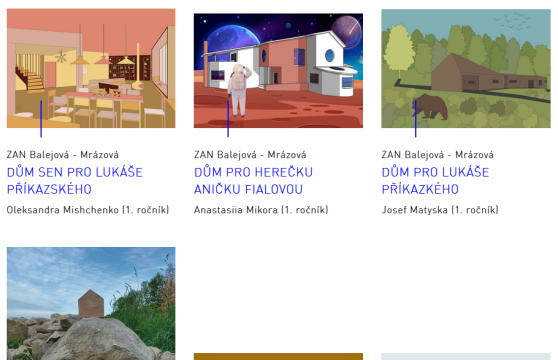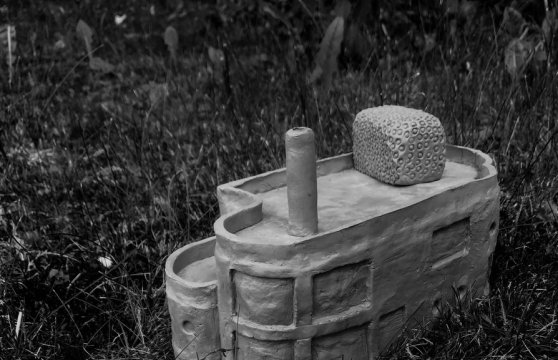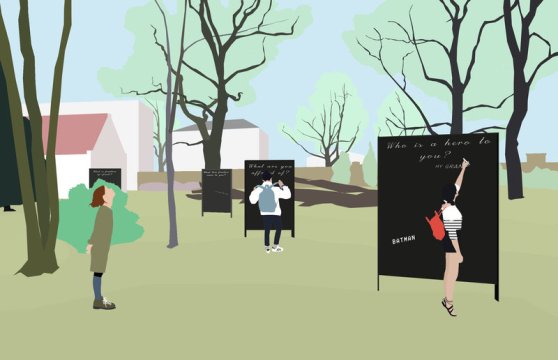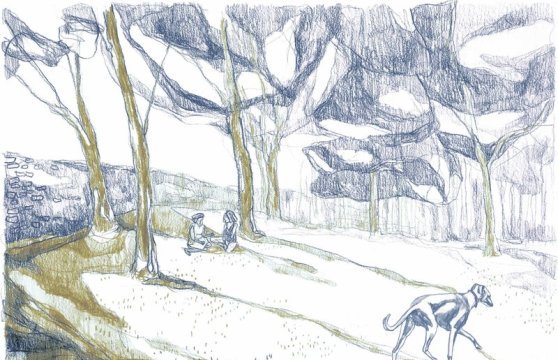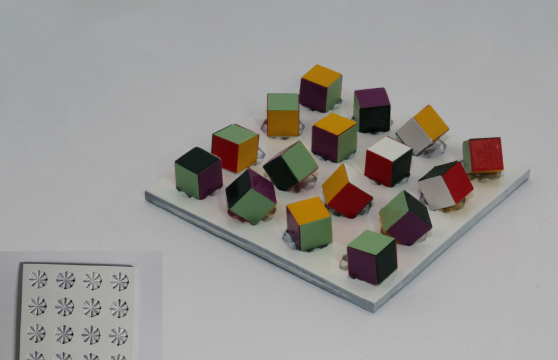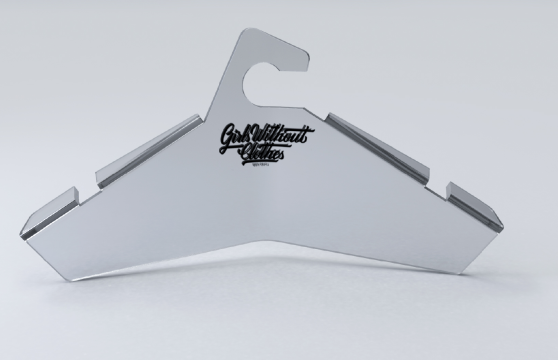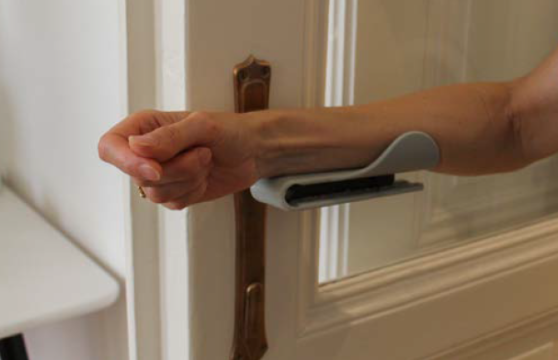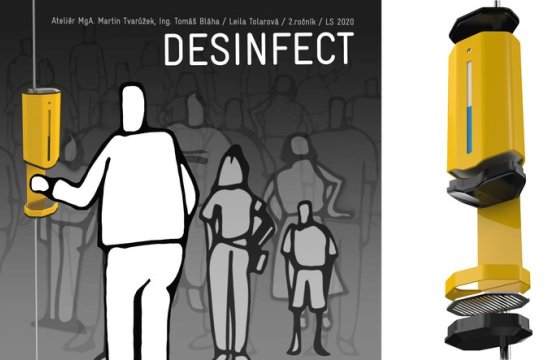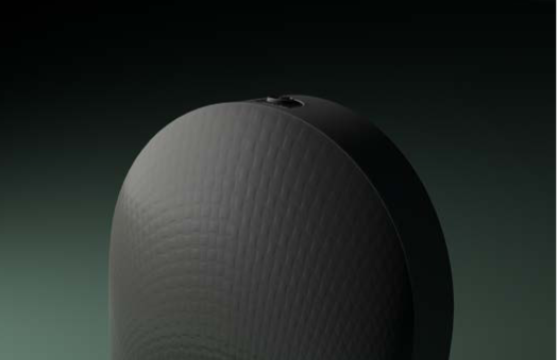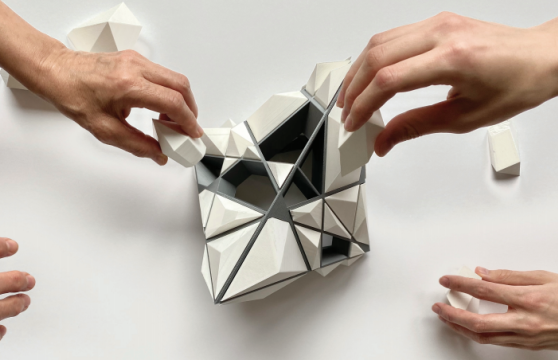This year, the exhibition of studio works electronically for the first time
6/8/2020
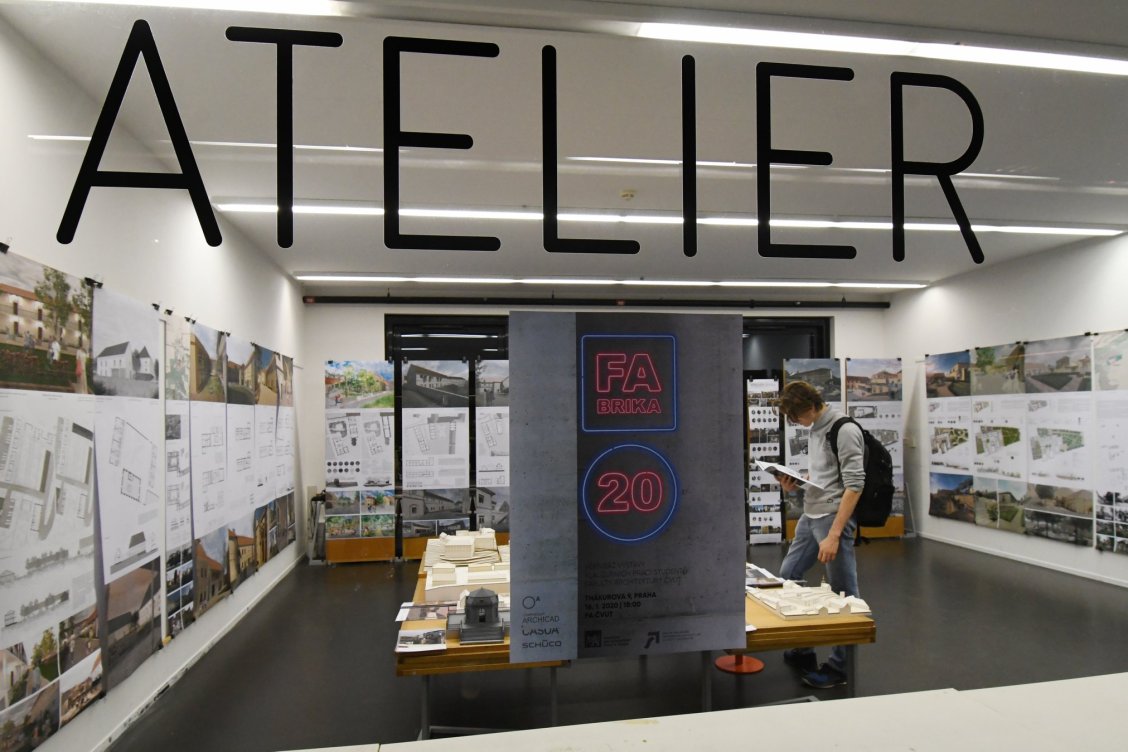
Students and teachers consider working on a studio project to be the most important, time-consuming and most prestigious outcome of the study. It illustrates the wide range of knowledge and skills they must acquire during their studies. However, this year the exhibition of the results of the students' semester work could not take place in physical form due to the coronavirus pandemic. The school therefore came up with a solution. The exhibition takes place electronically. It can be viewed by anyone at any time, they do not have to take into account the operating hours of the faculty or the distance. The emergency solution has become a priority. An electronic catalog of almost a thousand projects dealing with space, landscape, place or material was created.
Where do you find the online gallery ?
Space for an electronic version of all studio projects can be found on the school's website in the Gallery section. At the moment, it contains 921 studio projects processed in the summer semester of the academic year 2019/2020. Approximately the same number of papers will be added here each semester. Published works can be browsed, compared, the diversity of their approaches to a specific assignment and the resulting proposals can be monitored.
How the gallery works?
In the electronic gallery of the Faculty of Architecture of the CTU, those interested can get inspiration and an idea of what studying at our faculty entails. First, they will see a list of all projects with a preview image, the name of the studio and the author's identification. Clicking is followed by annotations, portfolio, images or videos. Thanks to filters and keywords, it is also possible to search for works and assignments of individual studios, study programs, modules or professional subjects.
Proposals for Rohanský Island or Svalbard
The largest representation, a total of 646 projects, has the study program Architecture and Urbanism. As part of their studio assignments, students deal with locations throughout the entire country every year; this year, in addition to Prague, they also looked for architectural or urban solutions for Kladno, Dobrovíz, Bělčice, Zdiby, Cheb, Prachatice or Opava. They are not afraid working on projects abroad either. We can mention for example, the fire station for Vaduz in Liechtenstein or the hangar for an airship in the scientific research settlement of Ny-Alesund in Svalbard, Norway.
The assignment of studios veries every year. Students of ZAN Balejová – Mrázová designed family houses for actors of Prague theaters, several studios dealt with Rohanský Island, for which they prepared an architectural and urban study of possible development, such as a residential complex with a polyclinic, apartment building, leisure building with offices, primary school or sports center. Štěpán Valouch's studio analyzed the current state of the Prague Market in Holešovice and proposed a strategy for its development. Of the unique projects, we must not forget the design of the last house of Adolf Loose, for which the author did not have time to develop detailed project documentation. We wrote about the project of Professor Girsa's studio here.
Revitalization of the former cemetery or restoration of the natural floodplain of the river
Students of landscape architecture do not only learn to design gardens and parks, but often deal with topics related to the creation of pleasant public spaces, such as squares or embankments, brownfield conversions and work with architects in solving large territorial units. This year, for example, they restored the natural floodplain of the river on Rohan Island, revitalized the former mine in Kladno, the former cemetery in Dresden or the monastery park in Kladruby near Stříbro.
How did coronavirus affected design?
The design studios responded flexibly to coronavirus measures in the spring of this year. In addition to the traditional design assignments of the summer semester, such as packaging material for the Young Package competition or various home accessories, (clothes hook, clothes hanger, organizer, etc.) a non-contact disinfection dispenser for public transport or Hands3 handle has been added to open the door by a forearm. Students also invented and designed subjects with which it would be possible to spend quarantine free time educationally, creatively and fun. In the electronic gallery, they exhibit over two dozen different board games, kits and puzzles.
The phenomenon of smart cities has also appeared in the assignments of our studios for several years. The design of the device for the public space within the Smart City system in the gallery includes an air quality meter, an electric car charging station, radar and a noise canceling device.
How do studios work at FA CTU?
During the first year of study, students complete, in addition to variously focused lectures and exercises, also an introduction to the study of design - the main disciplines of study, according to the focus of study programs. During the annual concentrated work in a group with individual pedagogical guidance, students must master the basic tools of their future profession and their application in creating their own design. In the so-called ZANs (basics of architectural design), ZKN (basics of landscape design) or ZD (basics of design), they learn how to design their work, but also to document, draw and model and then present and defend it.
In the following years, they develop these skills in vertical studios, where students of different years work side by side from the second to the fifth. They learn from each other, analyze their views, clarify and consolidate their opinions and look for their own approach to solutions.

